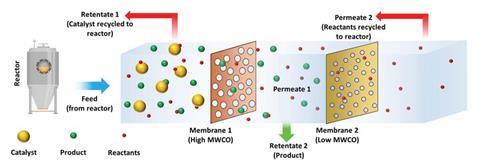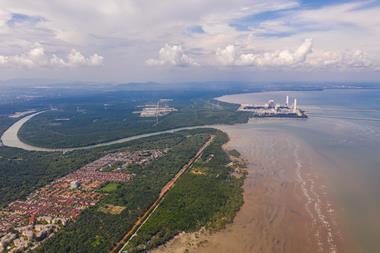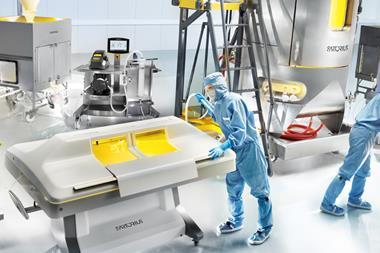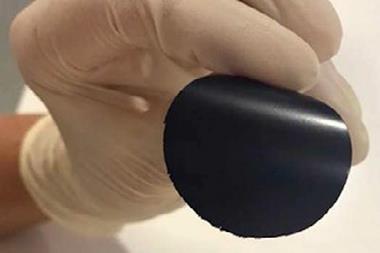A new inorganic membrane for separating molecules under high temperatures could reduce the energy requirements of industrial processes. The membrane can be used under harsh conditions that would cause many commercial polymer-based membranes to fail.
Separation and purification processes in industry often use considerable amounts of energy and can be expensive. Now, a team of scientists from the US has created an inorganic membrane, capable of withstanding temperatures of up to 140°C, that could enable more sustainable molecular separations.
‘These processes are very energy intensive. Our membrane can operate at conditions which are close to the reaction, so that you do not need to cool your reactor down to use a membrane,’ says University at Buffalo graduate student Bratin Sengupta, who worked on the project.
The team first generated an organometallic hybrid film by reacting titanium tetrachloride and ethylene glycol on an aluminium-based support. They then removed carbon from the film by thermal treatment, creating a nanoporous carbon-doped metal oxide material. The team’s process avoids the problem of small pores merging into larger ones, which is a common challenge when making thin, porous materials.

‘Our material seems to be rigid enough, so you can increase the pore density without merging those small pores into larger pores,’ explains Buffalo-based materials scientist Miao Yu, who led the project.
The result is a membrane with up to 10 times higher pore density than commercial organic solvent nanofiltration membranes, which gives it a high permeation rate and high selectivity.
The researchers demonstrated a practical use of the membrane in the production of the pesticide boscalid. They used the membrane to separate each individual component of reactant, product and catalyst at 90°C, the temperature at which the reaction takes place.
‘It is great to see the continuing innovation in this field,’ says Andrew Livingston, an expert in membrane technology from Imperial College London, UK, who was not involved in the project.
According to Livingston, scaling up is an important next step. ‘This is an exciting new material and the method of fabrication shows great creativity. The membrane has high permeance, great selectivity and being inorganic should be robust,’ he says. ‘It will be competitive to current polymeric membranes, some of which are also robust chemically, if it can be scaled up to large sheets for use in some kind of module, at a reasonable cost.’
References
B Sengupta et al, Science, 2023, DOI: 10.1126/science.adh2404

















No comments yet